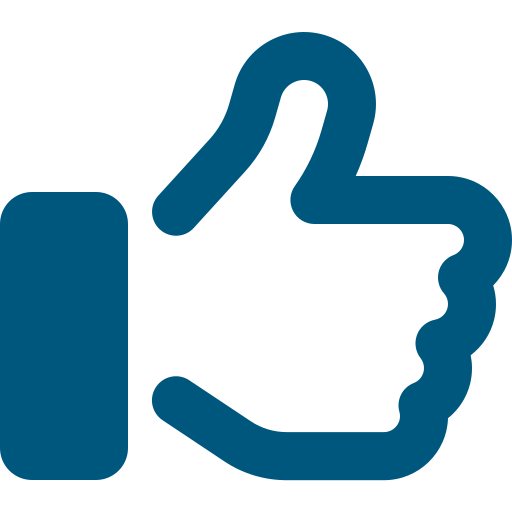What is the outcome you need to achieve?
The provider must ensure that individuals receive funded aged care services that are planned and coordinated, including where multiple health providers and registered providers, supporters of individuals and other persons supporting individuals are involved.
Updates to guidance
An updated version of the strengthened Standards was published by the with is no longer on 18 February 2025. Please see here for more information Strengthened Aged Care Quality Standards – February 2025 | Australian Government Department of Health, Disability and Ageing.
The Commission is currently updating our guidance content to reflect these changes. Please ensure you check back regularly.
Actions
The provider, in partnership with the individual, identifies others involved in the individual’s funded aged care services and ensures coordination and continuity of care.
Supporters of individuals and other persons supporting the individuals are recognised as partners in the individual’s care and involved in the coordination of funded aged care services.
The provider facilitates a planned and coordinated transition to or from the provider in collaboration with the individual and other providers of funded aged care services, and this is documented, communicated and effectively managed.
Why is this outcome important?
Outcome 3.4 explains providers’ obligations to effectively plan and coordinate care* and services in partnership* with older people, their supporters and others involved in their care* and services. Clear, effective communication and using the information management system* is an important part of providing planned and coordinated care* and services. It’s particularly important during transitions of care*. For example, when a person moves between hospitals, homes or different care settings.
Including the older person, their supporters, health professionals* and others involved in the older person’s care* is also important. It helps to maintain continuity of care and make sure everyone involved knows about any changes. This can also help reduce adverse events*, harm and disruption to the older person.
You need to give focus to:
- identifying other health professionals* and providers involved in an older person’s care and communicating effectively to coordinate their care
- recognising and involving carers* as partners in the older person’s care
- effective planning and coordination during transitions of care*.
Update to guidance
An updated version of the strengthened Standards was published by the Department of Health, Disability and Ageing on 18 February 2025. Please see here for more information Strengthened Aged Care Quality Standards – February 2025 | Australian Government Department of Health, Disability and Ageing.
The Commission is currently updating our guidance content to reflect these changes. Please ensure you check back regularly.
Key tasks
Providers
Providers
Put in place strategies to coordinate transitions.
Put in place strategies for planned and unplanned transitions in situations where an older person:
- is transitioning to and from hospital
- moves between other care services or stays in the community
- is receiving home support and is transitioning between short-term and ongoing service pathways.
Make sure:
-
those involved in an older person’s care and services have been identified. This includes:
- supporters
- family members
- carers*
- health and registered providers
- workers*
other health professionals*. These people need to be involved in planning activities if the older person wants or needs them to (Outcome 2.1). For example, you should inform supporters and others they wish to involve, when an older person transfers to and from hospital or between service providers. This makes sure they understand any relevant changes to care and services.
- the transition is planned and coordinated. You need to document the transition process* needs to be documented in line with the information management system* (Outcome 2.7). You need to communicate the transition process* to the older person and those involved in their care and services. Do this using your communication system* (Outcome 3.3). This supports continuity of care and services for the older person.
For residential service providers, the guidance for Outcome 7.2 has more information on managing transitions for older people.
Make sure workers* have the time, support, resources and skills to coordinate care and services.
Provide workers* with guidance and training on how to coordinate care and services (Outcome 2.9). This needs to be in line with:
- the organisation’s policies* and procedures*
- contemporary, evidence-based practice*
- workers’* roles and responsibilities*.
Make sure workers* understand how to:
- identify who is involved in the older person’s care
- talk with older people, their supporters and others they want to involve, such as families and carers*, about transitions and coordinating care and services
- use your organisation’s communication system* and information management system* to plan for and support transitions and coordinating care and services.
The guidance for Outcomes 2.8 and 2.9 has more information on workforce* planning and worker* training.
Monitor that workers* are partnering with older people and others involved in their care* and services.
To check if workers* are partnering with older people and other providers well, you can review:
- how well workers* are following your systems* (Outcome 2.9)
- older people’s care and services (Outcome 3.1) such as care and service plans* and progress notes
- complaints* and feedback* (Outcome 2.6)
- incident* information (Outcome 2.5).
Look for situations where:
- care and services have not been planned and coordinated effectively
- the older person, their supporters, family, carers* and others involved in their care* have not been included during transitions of care*.
Also, talk with older people, their supporters, families and carers* about the care and services they receive (Outcome 2.1). Ask them if their provider and workers* partner with them, their supporters and others involved in their care* during transitions of care*. Ask them if they feel their care and services are effectively planed and coordinated. These conversations can then inform continuous improvement* actions and planning (Outcome 2.1).
Assess if workers* are following your quality system* (Outcome 2.9). You can do this through quality assurance and system* reviews.
If you find any issues or ways you can improve, you need to address them. If things go wrong, you need to:
- practise open disclosure* (Outcome 2.3). This means being open about what has gone wrong. Share what went wrong with older people, their supporters and others they may want to involve, such as family and carers*.
- put in place strategies to mitigate the risk of things going wrong again.
The guidance for Outcome 2.3 has more information on monitoring the quality system*.






